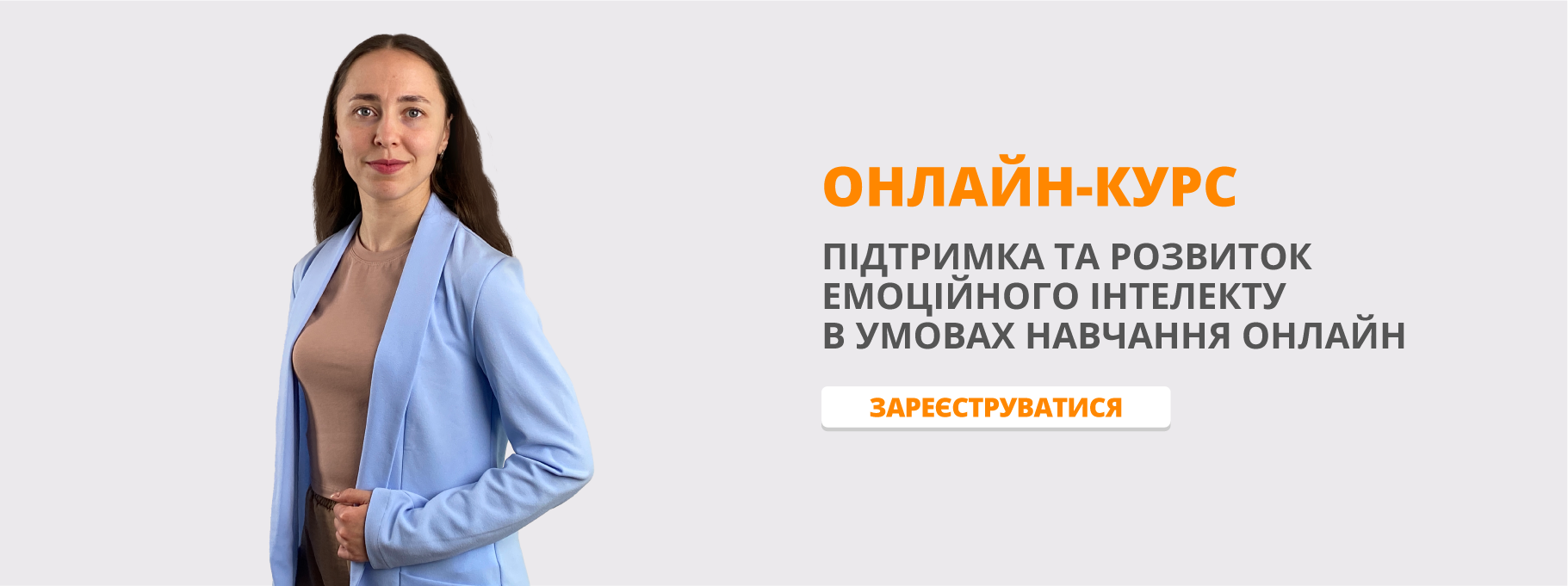Урок "Туризм. Подорож"
Тема: ТУРИЗМ. ПОДОРОЖ
Topic: TOURISM. TRAVELLING
Мета: 1) освітня:
- навчити учнів розповідати про туристичні мандрівки;
- активізувати використання лексики з теми «Подорож»;
- інтегрувати мовний матеріал з тем «Дозвілля», «Спорт», «Визначні місця»;
2) розвиваюча:
- формувати мовні та мовленнєві уміння;
- удосконалювати навички зорового сприймання та сприймання на слух;
- розвивати пам'ять, увагу, логіку та критичне мислення;
3) виховна:
- прищеплювати інтерес до подорожування та здорового способу життя;
- розширювати кругозір шляхом пізнання країнознавчого матеріалу;
- виховувати повагу до культури інших народів та бережливе ставлення до природи.
Objectives:
- to teach the students speak about trips and journeys;
- to practice using the vocabulary to the topic “Travelling”;
- to activate the vocabulary to the topics “Leisure”, “Sport”, “Places of interest”;
- to improve language skills;
- to practice listening and reading;
- to develop critical thinking;
- to motivate the students to travel and live a healthy life style;
- to broaden their outlook through the learning other countries background;
- to make them take care of the nature and respect the cultures of other people.
Обладнання: підручник Solutions Intermediate (2nd edition), аудіозапис, ілюстрації.
Resourses: students’ book Solutions Intermediate (2nd edition), audioscript, pictures and posters.
- Lead-in:
- Look at the pictures on the blackboard and guess what the topic of the lesson is about today. (Travelling)
- – What kinds of things do you like doing when you are on holiday? (e.g. sunbathing, relaxing, playing games, sports, sightseeing, visiting museums, etc.)
- How is this different from you were a child?
- Is it different from what your parents like doing?
(In pairs or small groups students discuss the questions)
- Main part:
- Pre – reading activities
- Ex.1, p.78 (Students describe the photos, giving as much details about what they see as possible. Then a few students describe their partner’s trip to the class).
- Ex.2, p.78 (Go through the strategy, then read through the options a – c, skim the text and identify what the authors intention is).
- While – reading activities
- Ex.3, p.78 (Students begin by reading the summary sentences and underlining the key words. Then they can listen to the recording (Transcript 3.06) while they read the text). Students underline the parts of the text which contains evidence for their answers. Then they check answers (1 C, 2 E, 3 - , 4 A, 5 D, 6 B, 7 - ).
- Ex.4, p.78 (Students match the highlighted words with their definitions and decide what part of speech they are).
- Ex.5, p. (Students find the acronyms in the text and try to work out what they stand for).
- After – reading activities
- Vocabulary Builder 8.3 (Students listen to the recording Transcript 3.07 and practice the new vocabulary from the text).
- Students make notes from the text about going on holiday with friends.
- Speaking
- In pairs, students plan their ideal holiday. They can use language for making, accepting and declining suggestions from Lesson 5 F (e.g. Why don’t we…? How about…?). They can also use the vocabulary to the topics “Leisure”, “Sport”, etc.
- Students present their ideas to the class.
- Conclusion:
- Sum up
- Students should answer the questions
What have you learned today?
What can you do now?
(I can understand an article about travelling with friends. I can plan my holidays).
- Home task (Do page 8E Workbook)


про публікацію авторської розробки
Додати розробку
